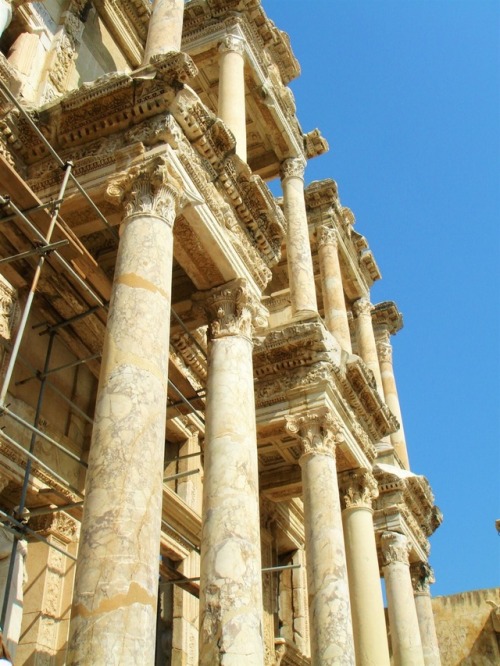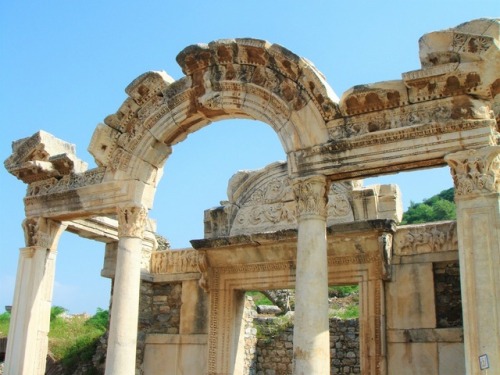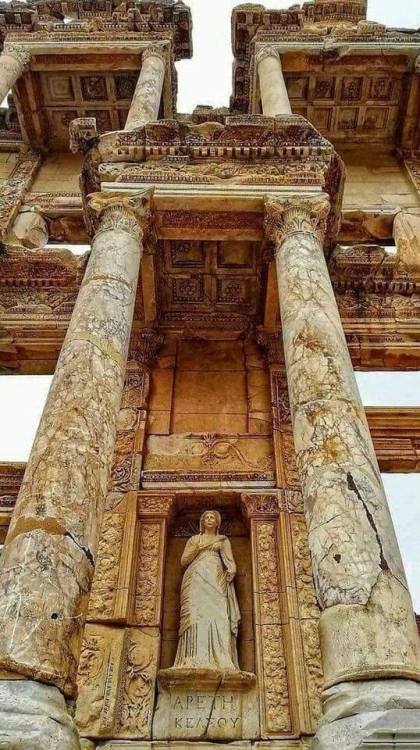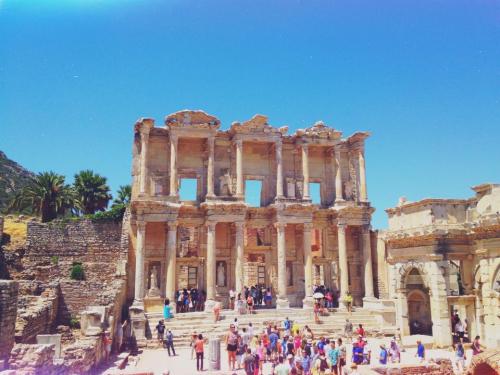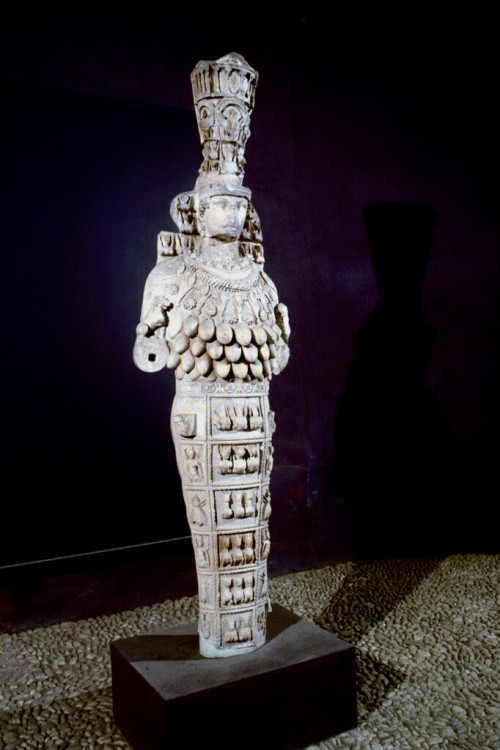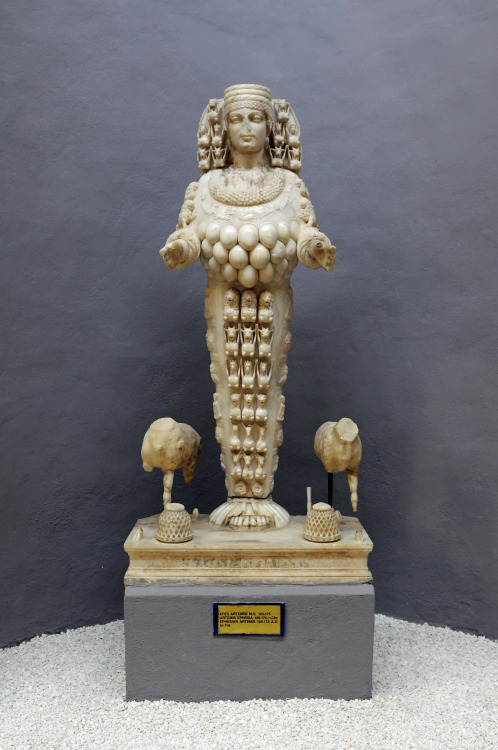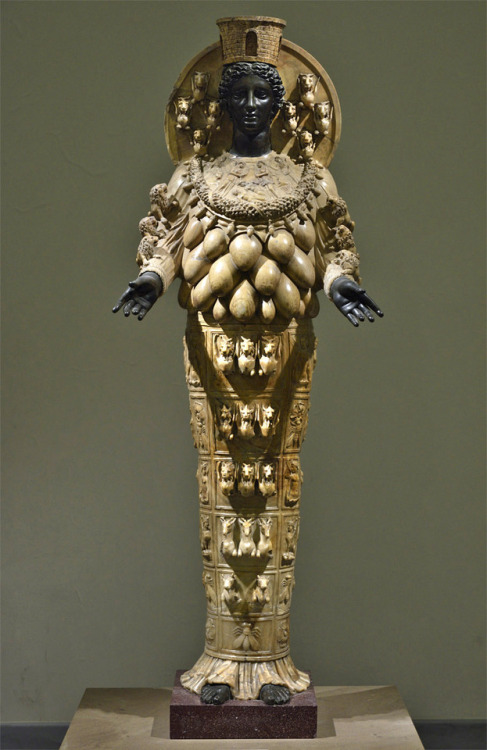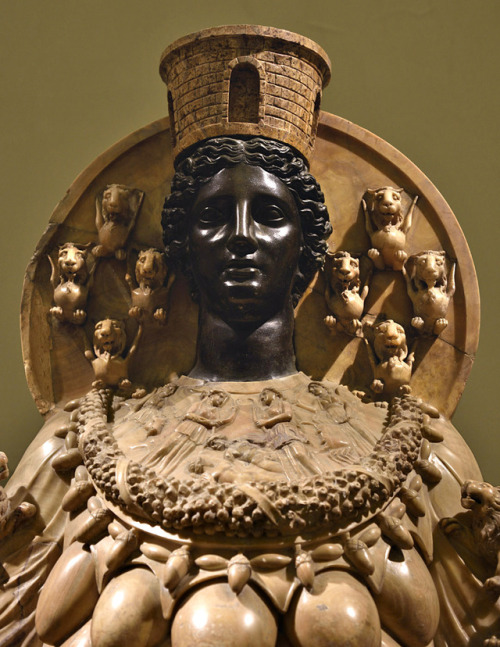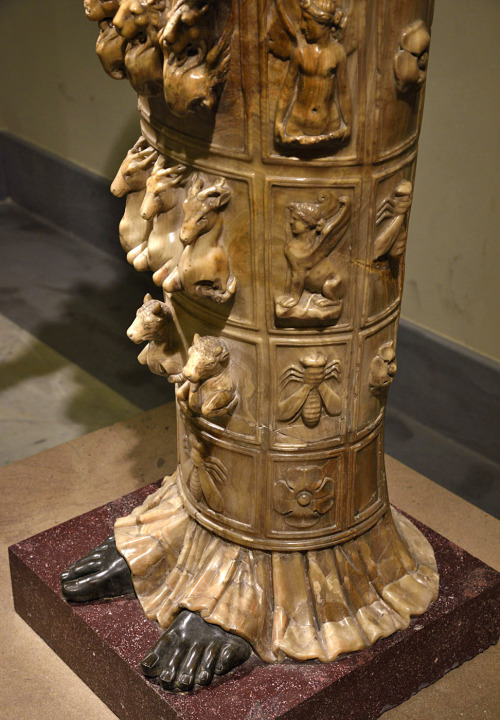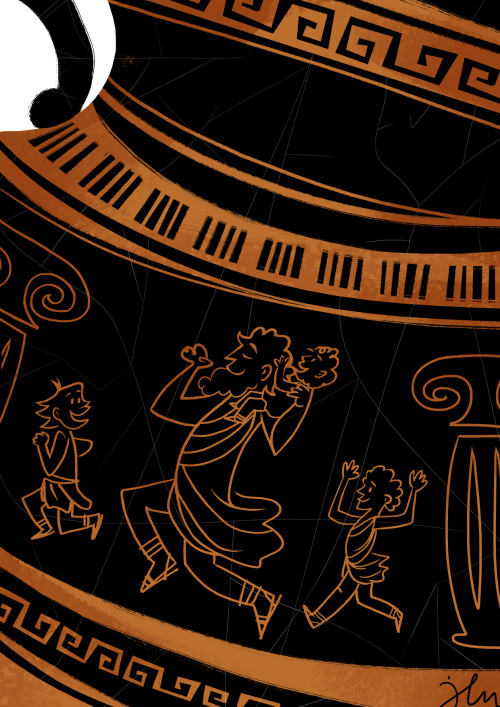#ephesus
Large cult statue of Artemis of Ephesus. Also called “The Great Artemis”, marble, 292 cm high, excavated in the Prytaneion (at the high ground in Ephesus).
Post link
A Carving of Hermes at Ephesus, Turkey.
Here Hermes is depicted with his herald’s staff and winged sandals.
Post link
~ Artemis of Ephesus.
Date: Second half of the 2nd century CE.
Head, feet and hands restored by Valadier in bronze
Medium: Alabaster, bronze
Provenance: Naples, National Archaeological Museum
(Museo archeologico nazionale di Napoli)
Post link
THE TEMPLE OF HADRIAN AT EPHESUS



As an inscription on the archivolt states, the asiarch of Ephesus, Poplius Vedius Antoninus Sabinus, dedicated the small temple in the center of the city to Artemis Ephesia, the reigning Emperor Hadrian and to the demos of Ephesus.
The temple was originally built to commemorate Hadrian’s first visit to Ephesus in AD 124. The temple’s dedication to the living emperor is therefore purely honorific, recognizing his benefactions to the city, and does not reflect the establishment of an imperial cult (the ruins of a much larger structure discovered in Ephesus in the 1980s are probably the official temple of the deified Hadrian).
As seen. today, the temple consists mainly of the portico which was excavated and reconstructed in the 1950s. The profusely-decorated broken pediment and arcuated lintel are hallmarks of the baroque taste of the eastern provinces.
The structure was severely damaged by an earthquake in AD 262. Its rebuilding was completed during the early years of the tetrarchy, as evidenced by the four plinths placed in front ot the pronaos which bear the names of Diocletian, Maxentius, Constantine Chlorus and Galerius. The four marble reliefs, depicting the founding of Ephesus were removed from another monument and reused in the portico as part of a rebuilding campaign following yet another earthquake in the 370s.
The temple underwent a complete restoration in 2012/14.
I completely forgot to post this one. I made it a while ago and it got published in a history textbook.
Just Heraclitus running around Ephesus with a bunch of kids.
Post link

